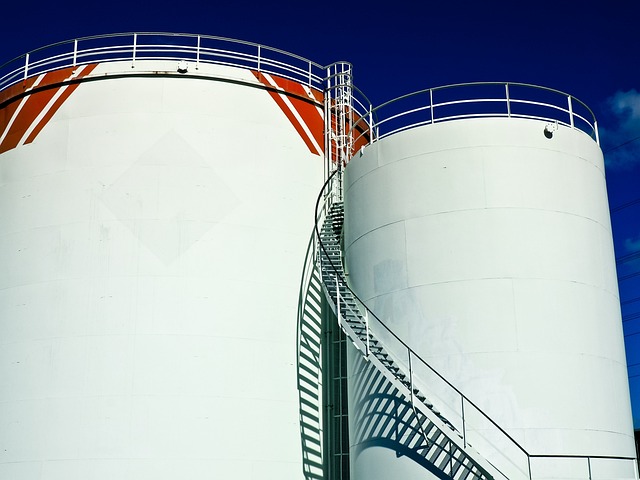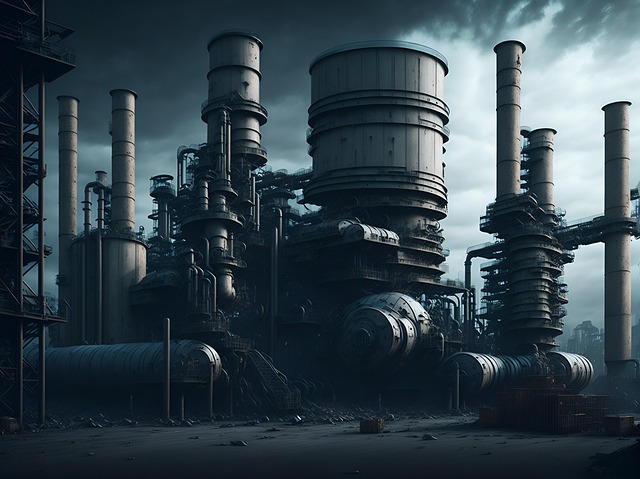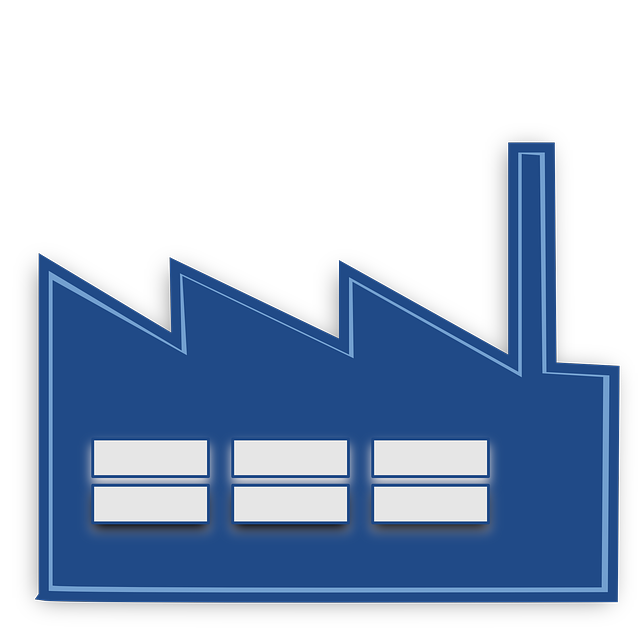Selecting ideal real estate for a manufacturing facility involves carefully weighing location, space requirements, infrastructure support, environmental considerations, and future expansion plans. Key factors include proximity to raw materials and labor markets, robust power, water, and internet connectivity, specialized equipment accommodation, and regulatory compliance. The physical layout must be designed to withstand environmental stressors and facilitate efficient material movement while strategically planning for adaptability and future-proofing to stay competitive in the dynamic manufacturing sector.
Manufacturing facilities aren’t one-size-fits-all; each operation demands specialized features tailored to its unique processes. When scouting for or designing manufacturing real estate, consider key aspects like space allocation, infrastructure requirements, and future adaptability. This article delves into these crucial elements, guiding you through the essential considerations for optimizing your facility’s layout and infrastructure while ensuring flexibility to navigate evolving market dynamics and production needs. Explore strategies to make your manufacturing real estate a competitive asset.
Key Considerations for Manufacturing Facility Real Estate
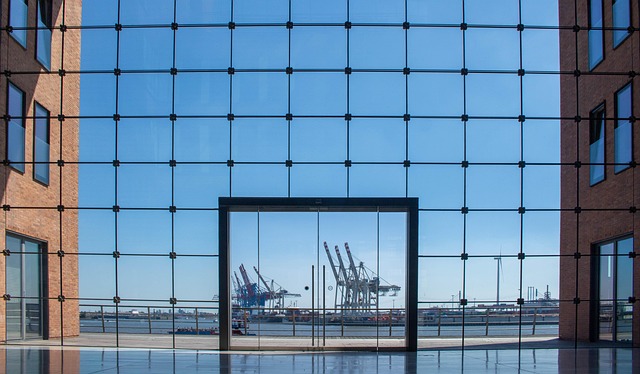
When considering real estate for a manufacturing facility, several key factors come into play. Location is paramount; proximity to raw materials, transportation networks, and labor pools can significantly impact operational efficiency and costs. The physical layout of the space must accommodate specific production requirements, including clear height, loading docks, and specialized equipment needs. Additionally, infrastructure like power, water, and internet connectivity should be robust enough to support the manufacturing processes.
Environmental considerations are also vital. Depending on the industry, facilities may require measures for air quality control, waste management, or even special lighting and noise abatement. Accessibility for maintenance and future expansion is another important aspect. Lastly, regulatory compliance is essential; adhering to local zoning laws, environmental regulations, and safety standards ensures a smooth operational journey for any manufacturing entity.
Specialized Layouts and Infrastructure Demands
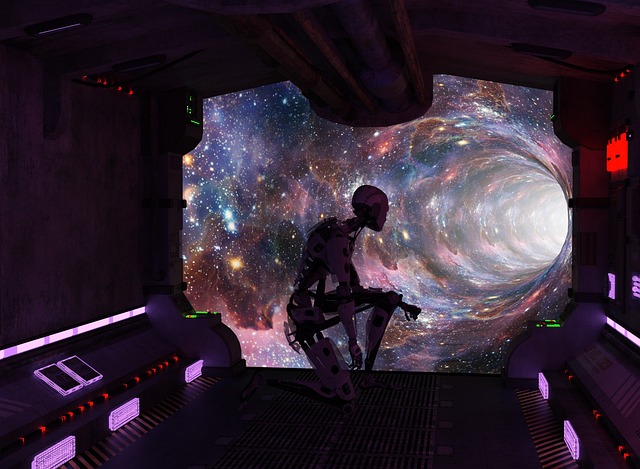
Manufacturing facilities, unlike typical commercial or residential spaces, demand specialized layouts and infrastructure to cater to their unique operational needs. This often involves a strategic approach to real estate selection and design, ensuring optimal floor plans for efficient workflow, ample space for machinery, and robust support systems like ventilation, power supply, and water management. The physical layout must accommodate heavy equipment and facilitate easy movement of materials, requiring thoughtful consideration of dimensions, clear heights, and loading docks.
Additionally, the infrastructure must be tailored to specific manufacturing processes. This includes specialized utilities such as compressed air, chemical storage, or wastewater treatment systems. Robust building structures are also crucial to withstand potential environmental factors like noise, temperature variations, or even seismic activities, depending on the location. These demands make the selection and design of manufacturing facilities a complex yet critical aspect of setting up efficient production operations.
Future-Proofing Your Space: Flexibility and Adaptability in Design

In today’s rapidly evolving manufacturing landscape, future-proofing your facility is no longer just a consideration—it’s a strategic necessity. When designing or renovating a manufacturing space, embracing flexibility and adaptability can be the key to ensuring your real estate investment remains relevant and competitive for years to come. This means creating an environment that can accommodate changing production needs, new technologies, and evolving market demands with minimal disruption.
One way to achieve this is by adopting modular design principles. These allow for easy reconfiguration of floor plans, enabling you to pivot from one product line to another or integrate advanced automation without the need for costly renovations. Additionally, smart infrastructure, such as flexible power and data networks, can support a wide range of manufacturing processes and technologies, ensuring your facility is future-ready.
